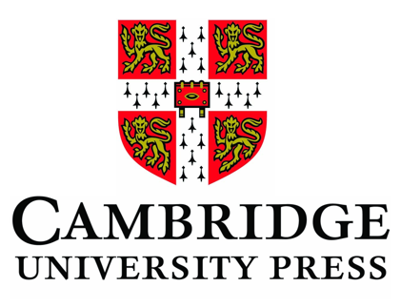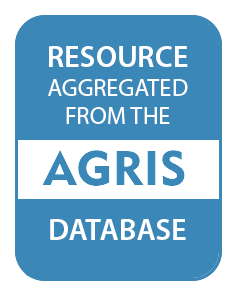Location
Cambridge University Press is part of the University of Cambridge. Our mission is to unlock people’s potential with the best learning and research solutions. Our vision is a world of learning and research inspired by Cambridge.
Our peer-reviewed publishing lists comprise over 53,000 titles covering academic research, professional development, over 350 research journals, school-level education, English language teaching and Bible publishing. This list is growing every year and spans subjects from aesthetics through to zoology, with authors ranging from Shakespeare to English language teaching author, Ray Murphy.
A pioneer in our field, we are committed to supporting innovation in learning and teaching. We publish without boundaries, ensuring our resources are accessible across the globe, in print, online and other digital formats.
We take pride in supporting community programmes across the globe. Staff are encouraged to offer practical help, advice and funding to nurture vital charitable, educational and voluntary partnerships.
Playing a leading role in today's global market place, we have over 50 offices around the globe, and distribute our products to nearly every country in the world. We publish 50,000 authors based in over 100 different countries.
Members:
Resources
Displaying 26 - 30 of 81Attitudes, knowledge and practices affecting the Critically Endangered Mariana crow Corvus kubaryi and its conservation on Rota, Mariana Islands
The population of the Critically Endangered Mariana crow Corvus kubaryi on the island of Rota, Commonwealth of the Northern Marianas Islands, has decreased dramatically in recent years. It is unclear to what extent negative practices by people, such as inappropriate land use or persecution of crows, have contributed to this decline. We conducted a public opinion survey to document ongoing practices towards the crows on Rota, to assess residentsâ knowledge of and attitudes towards the birds, and to gauge potential responses to a government-instituted land incentive programme.
Land ownership patterns associated with declining forest birds: targeting the right policy and management for the right birds
For over a century the foundation of biological conservation has been the development of open space networks either through outright public land acquisition or appropriate management of private lands. Because both approaches come with significant trade-offs, it is critical to understand which species are found across various land ownership types so that policy tools and management actions can efficiently be targeted to do the most good.
Reviewing the role of habitat banking and tradable development rights in the conservation policy mix
Habitat banking and tradable development rights (TDR) have gained considerable currency as a way of achieving âno net lossâ of biodiversity and of reconciling nature conservation with economic development goals. This paper reviews the use of these instruments for biodiversity conservation and assesses their roles in the policy mix. The two instruments are compared in terms of effectiveness, cost effectiveness, social impact, institutional context and legal requirements.
Factors affecting the distribution and abundance of the Endangered volcano rabbit Romerolagus diazi on the Iztaccihuatl volcano, Mexico
The volcano rabbit Romerolagus diazi is an Endangered species endemic to Mexico, with a range of
Modelling sandgrouse (Pterocles spp.) distributions and large-scale habitat requirements in Spain: implications for conservation
Knowledge of the factors determining species distributions is essential for developing conservation strategies. Sandgrouse Pterocles alchata and P. orientalis are threatened in Spain, the stronghold of European populations. Spatial modelling was used to: (1) assess the relative importance of abiotic, anthropogenic and geographical factors in the distribution of both sandgrouse species, (2) determine the most important anthropogenic predictors for each species occurrence, and (3) identify areas where conservation efforts should be prioritized.


